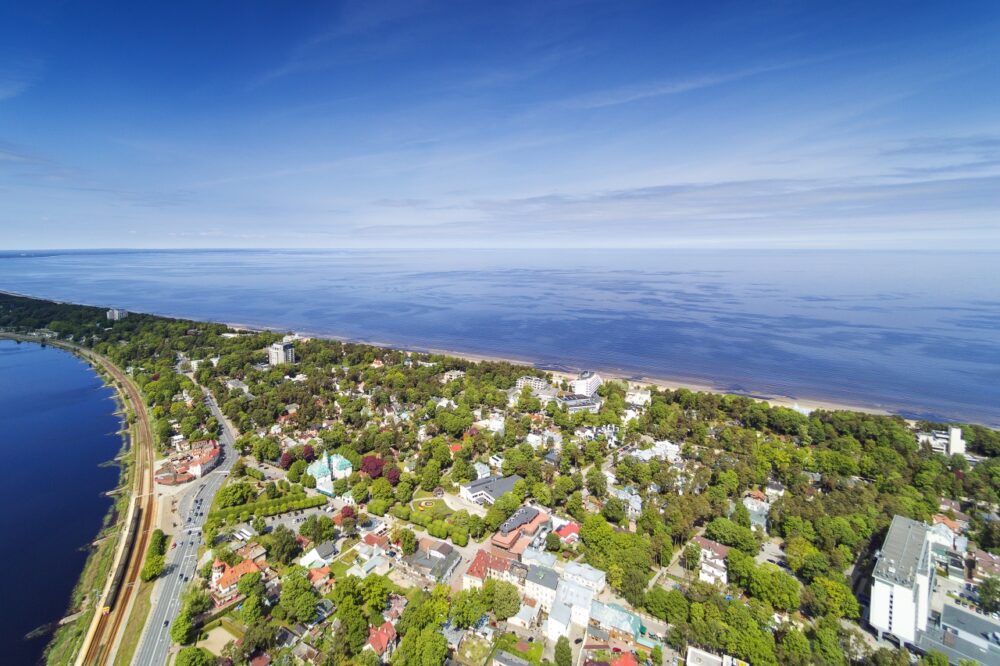
Is Jūrmala worth visiting? Absolutely! The first time I visited Jūrmala, Latvia, I was amazed by its peaceful vibe, sandy beaches, and charming wooden architecture. Walking along the pristine shores of the Baltic Sea and exploring its pine-lined streets felt like the perfect escape from the hustle and bustle of nearby Riga. Whether relaxing at a spa or enjoying a fresh seafood meal by the sea, Jūrmala quickly won me over.
Located just a short drive from Riga, Jūrmala is Latvia’s premier seaside resort town. Known for its 33-kilometre stretch of golden beaches, the town is a haven for nature lovers and those seeking relaxation. Jūrmala is also famous for its historic wooden villas, vibrant cultural events, and rejuvenating spas. Whether you’re soaking up the sun at Majori Beach, cycling along the coastal paths, or taking in a performance at the Dzintari Concert Hall, Jūrmala offers an experience that’s both serene and enriching.
But is Jūrmala worth visiting for you? In this blog post, we’ll explore the top 10 reasons why Jūrmala should be on your travel list, from its tranquil coastline to its rich cultural offerings. Plus, we’ll share travel tips to help you plan the perfect day trip or weekend getaway from Latvia’s capital. Keep reading to find out why Jūrmala is a hidden gem waiting to be discovered.
Table of Contents
Pros – Reasons You Should Visit Jūrmala
1. Stunning Sandy Beaches
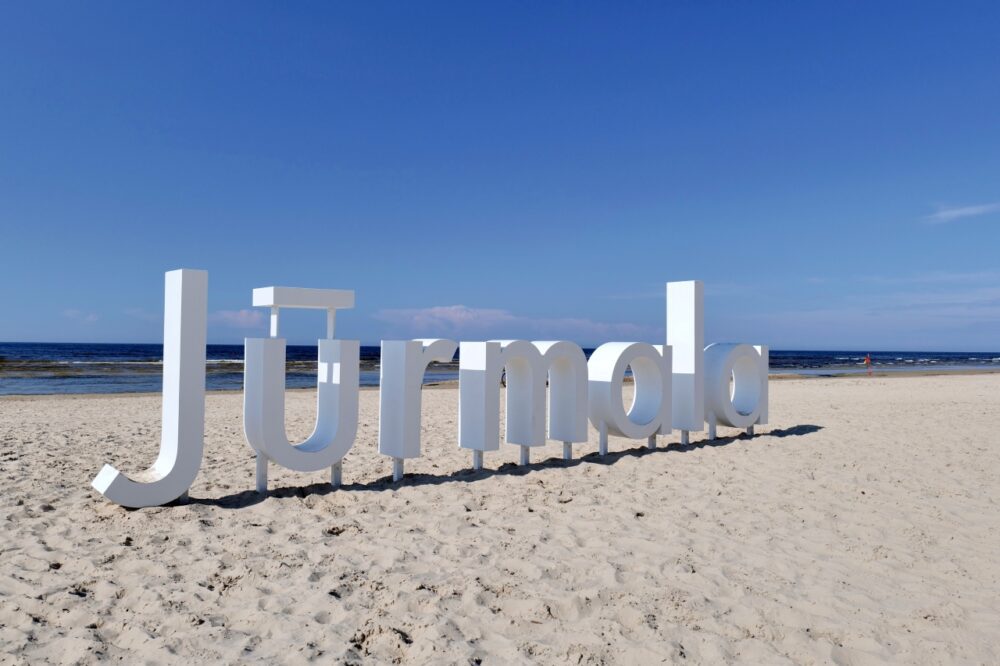
Jūrmala’s beaches are its star attraction. Stretching over 30 kilometres along the Baltic Sea, they feature soft, white sand and shallow waters, perfect for swimming, sunbathing, and long walks.
I visited Jūrmala in summer, and the beach was nothing short of idyllic. Families played in the surf, while others lounged under colourful umbrellas or strolled along the shoreline. Even during busier times, there’s plenty of space to find your own little slice of paradise. If you’re a fan of tranquil beach settings, Jūrmala delivers in spades.
2. Unique Wooden Architecture
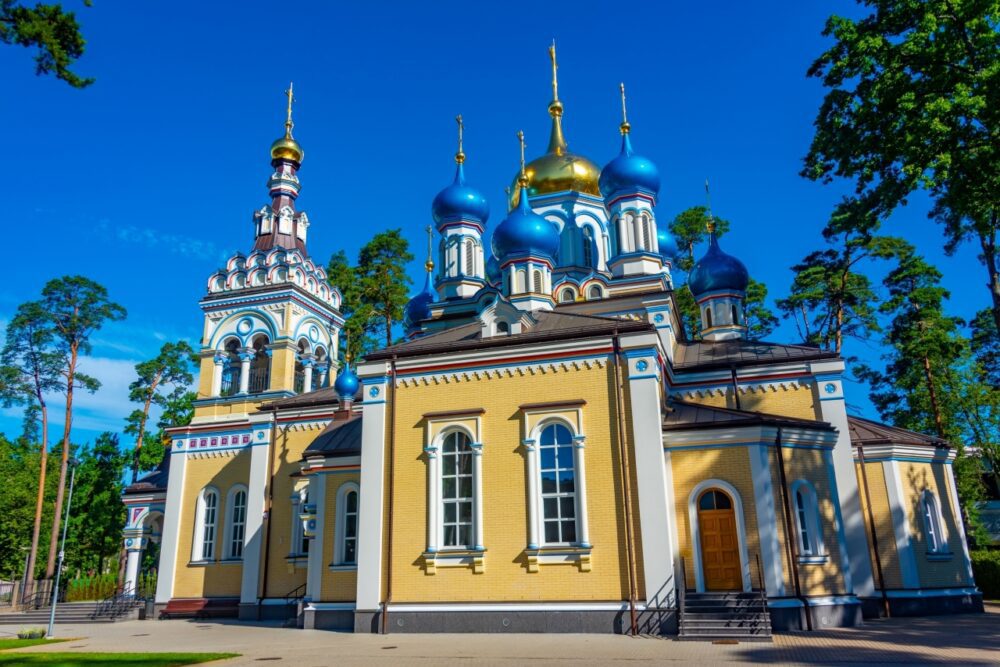
Jūrmala is famed for its charming wooden villas, many of which date back to the 19th and early 20th centuries. These beautifully preserved buildings are a testament to the town’s history as a fashionable seaside retreat for aristocrats and artists.
I enjoyed wandering the quiet streets of Dzintari and Majori, marvelling at the intricate details of the villas, from ornate balconies to colourful façades. Many have been converted into boutique hotels, galleries, or private homes, adding to the town’s unique character.
3. Fresh Air and Pine Forests
Surrounded by pine forests, Jūrmala boasts some of the freshest air in Latvia. The combination of salty sea breeze and forest scents creates a rejuvenating environment that’s perfect for relaxation and wellness.
I took a morning walk through Ragakāpa Nature Park, where the trails wind through dunes and pine trees. The peaceful setting was a great way to start the day, and I left feeling recharged and refreshed. Whether you’re hiking, cycling, or simply enjoying the scenery, Jūrmala’s natural beauty is hard to beat.
4. Spa and Wellness Culture
Jūrmala has a long tradition as a wellness destination, with numerous spas and health resorts offering treatments that incorporate the area’s natural resources, such as mineral-rich mud and thermal waters.
I treated myself to a massage at one of Jūrmala’s top spas, and it was heavenly. The town is ideal for a wellness getaway, with options ranging from luxurious spa hotels to more affordable day spas. For a truly relaxing experience, plan a few hours (or days!) to indulge in Jūrmala’s wellness offerings.
5. Family-Friendly Atmosphere
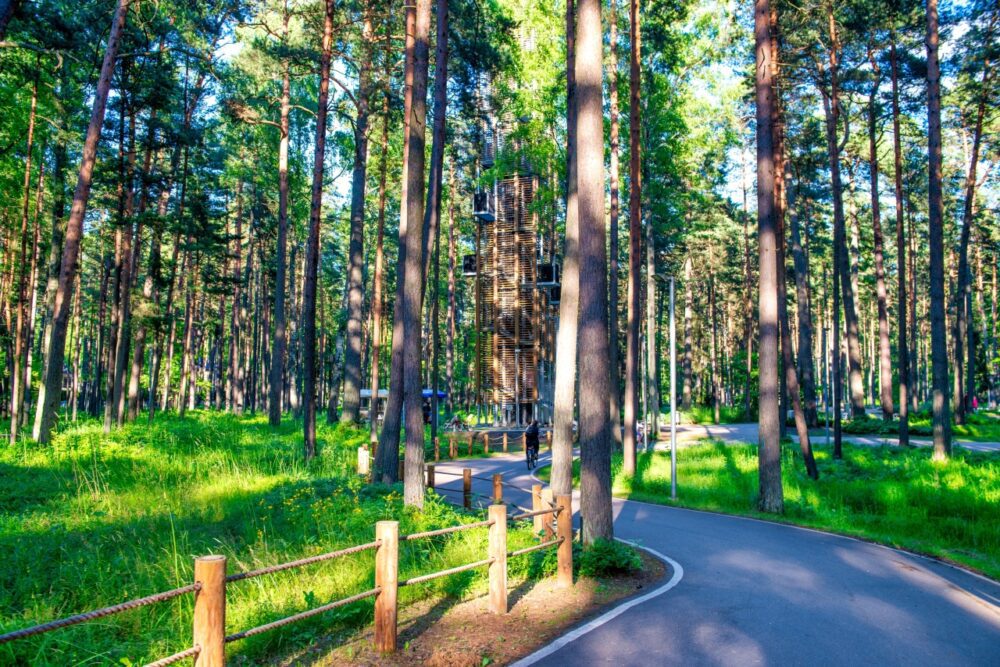
With its safe, shallow waters and family-friendly attractions, Jūrmala is an excellent choice for travellers with kids. Beaches like Majori and Dzintari are ideal for children, with plenty of space to play and gentle waves perfect for paddling.
During my visit, I noticed many families enjoying the local playgrounds and beachside cafes. The Dzintari Forest Park, with its adventure courses and observation tower, is another hit with kids and adults alike. If you’re travelling as a family, Jūrmala has plenty to keep everyone entertained.
6. Proximity to Riga
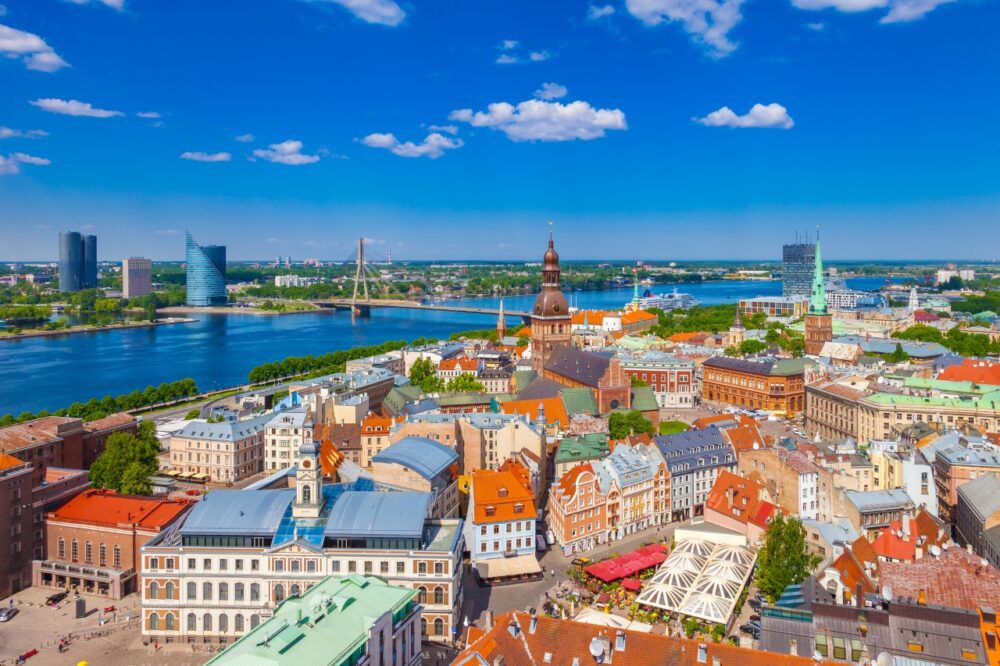
Located just 25 kilometres from Latvia’s capital, Jūrmala is incredibly easy to reach, making it an ideal day trip or weekend escape from Riga. Regular trains and buses connect the two destinations, and the journey takes less than an hour.
I took the train from Riga, and the ride was smooth and scenic, passing through forests and small villages. The convenience of getting to Jūrmala means you can combine the best of both worlds—a bustling city experience in Riga and a relaxing coastal retreat.
7. Cultural Events and Festivals
Jūrmala is more than just a beach town; it’s also a hub for cultural events and festivals. The Dzintari Concert Hall, a historic open-air venue, hosts world-class performances ranging from classical music to jazz and pop concerts.
I was lucky enough to attend a summer concert, and the combination of live music and the sea breeze made for an unforgettable evening. If you’re visiting during the festival season, check the calendar for events at Dzintari or along the beach.
8. Delicious Seafood
As a coastal town, Jūrmala is the perfect place to enjoy fresh seafood. From grilled fish to hearty fish soups, the local restaurants offer a range of mouthwatering dishes.
I dined at a beachside restaurant where I savoured a plate of smoked herring paired with traditional Latvian rye bread. The flavours were simple yet delicious, highlighting the freshness of the ingredients. If you’re a seafood lover, Jūrmala won’t disappoint.
9. Eco-Friendly Initiatives
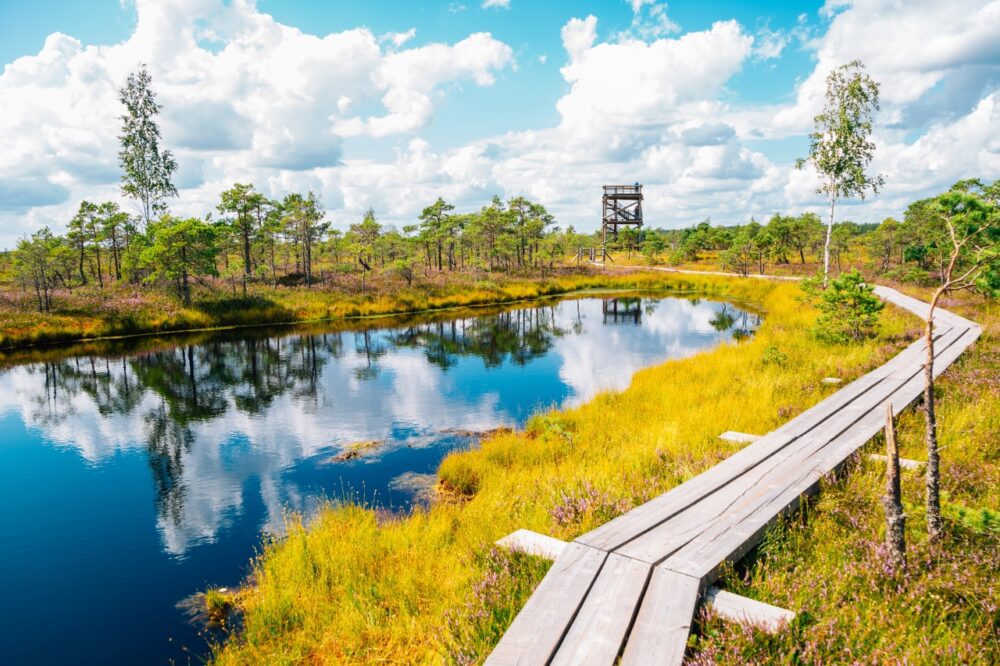
Jūrmala is committed to sustainability, with efforts to preserve its natural beauty and promote eco-friendly tourism. Many attractions, such as Kemeri National Park, offer guided tours that educate visitors on the importance of conservation.
I joined a guided boardwalk tour through Kemeri’s wetlands, where I learned about the area’s unique ecosystem. The emphasis on sustainable tourism made my visit even more meaningful, knowing that the town is working to protect its environment for future generations.
10. Year-Round Appeal
While Jūrmala is most popular in summer, it offers plenty to enjoy in every season. In autumn, the forests burst into colour, and winter brings a peaceful, almost magical atmosphere to the beaches and parks.
I visited in late September, and the autumn hues were breathtaking. The quieter off-season vibe was perfect for a more relaxed getaway. Whether you’re looking for a sun-soaked beach holiday or a cosy winter escape, Jūrmala has something to offer year-round.
Cons – Things to Consider When Visiting Jūrmala
1. Crowds in Peak Season
Jūrmala is a favourite summer destination for locals and international visitors alike, which means the beaches and main attractions can get crowded during peak months.
I visited in July, and while the lively atmosphere was enjoyable, finding a quiet spot on the beach took some effort. For a more tranquil experience, consider visiting in late spring or early autumn when the crowds thin out.
2. Higher Prices
Compared to other parts of Latvia, Jūrmala can be relatively expensive, especially during the summer season. Accommodation, dining, and spa treatments often come with a premium price tag.
I noticed that hotels and restaurants in Jūrmala were pricier than in Riga. To save money, consider staying in a guesthouse or apartment rental and dining at casual eateries or markets rather than upscale restaurants.
3. Limited Nightlife
While Jūrmala offers a range of cultural events and family-friendly activities, its nightlife scene is more subdued compared to larger cities like Riga. Bars and clubs are fewer and tend to close earlier.
As someone who prefers a quieter evening, this wasn’t a major drawback for me, but if you’re looking for late-night excitement, you might need to head back to Riga.
4. Seasonal Dependency
Many attractions and restaurants in Jūrmala are seasonal, with limited hours or closures during the quieter winter months. While the off-season has its charm, it may require more planning to find activities and dining options.
I visited in early spring, and while the peace and quiet were lovely, some cafes and shops were still closed. If you’re visiting in the off-season, check opening times in advance to avoid disappointment.
5. Language Barrier
While English is widely spoken in tourist areas, you might encounter language barriers in smaller cafes or shops. Latvian and Russian are the dominant languages in Jūrmala.
I found that a few basic Latvian phrases, like “hello” (sveiki) and “thank you” (paldies), went a long way in creating positive interactions. Most locals were friendly and accommodating, even when language differences arose.
When to Visit Jūrmala
The best times to visit Jūrmala are summer (June to August), when the beaches along the Gulf of Riga are at their most inviting, and the town comes alive with outdoor concerts and festivals. Summer offers warm days perfect for lounging by the sea or exploring Jūrmala’s scenic trails. Spring (May) and early autumn (September) are also excellent, with milder weather and fewer crowds, ideal for enjoying the serene natural beauty of the region. Winters are peaceful, and while the beach scene fades, the town’s spas and cosy cafes make it a great off-season retreat.
How to Get to Jūrmala
The closest airport to Jūrmala is Riga International Airport (RIX), located about 20 kilometres away. From the airport, you can reach Jūrmala by taxi or rideshare apps like Bolt in around 30 minutes. For a more budget-friendly option, take a train from Riga’s Central Railway Station to Jūrmala (Majori station is the main stop), with frequent services running in about 30 minutes. Buses also connect Jūrmala to Riga, but the train is generally faster and more scenic. Driving is another option, with good roads linking Riga to Jūrmala, though parking can be limited during the summer season.
Where to Stay in Jūrmala
Jūrmala offers a mix of luxurious beachfront hotels, charming guesthouses, and budget-friendly stays:
- Luxury: Beachfront – Stay close to the sea for a truly indulgent experience. Top choices include Baltic Beach Hotel & SPA and SemaraH Hotel Lielupe, both offering excellent amenities and views of the Gulf of Riga.
- Mid-range: Majori – The heart of Jūrmala, near restaurants, shops, and the beach. Consider Villa Joma Hotel or Boutique Hotel Mama, both providing comfort and charm with central locations.
- Budget: Dzintari Area – Slightly away from the busy centre, with affordable options like Guest House Dzintara Liedags or self-catering apartments that are perfect for travellers on a budget.
Getting Around Jūrmala
Jūrmala is compact and easy to explore on foot, especially the Majori area, where most shops, restaurants, and attractions are located. For longer distances, the Latvian Railway serves several stations along Jūrmala’s stretch, making it convenient to visit quieter beach areas. Renting a bike is a fantastic way to explore Jūrmala’s forests, dunes, and the popular Dzintari Forest Park, with several rental shops available. Taxis and ride-hailing apps are options but are less necessary given the town’s walkability. During summer, ferries and small boat tours also operate along the Lielupe River, offering a scenic way to see the area.
How Long to Spend in Jūrmala
Two to three days is perfect for enjoying Jūrmala’s highlights, including its long sandy beaches, Dzintari Forest Park, and the lively Majori promenade. This allows time to relax at one of the town’s renowned spas or enjoy water sports on the Gulf of Riga. With an extra day, you could explore the nearby Kemeri National Park, known for its stunning wetlands and boardwalk trails. Whether you’re seeking relaxation or outdoor adventure, Jūrmala is a delightful destination for a short escape from city life.
Conclusion
So, is Jūrmala worth visiting? Absolutely! With its stunning beaches, peaceful pine forests, and charming wooden architecture, Jūrmala is a perfect blend of natural beauty and cultural allure. Highlights like Majori Beach, the Dzintari Concert Hall, and its relaxing spas make it a must-visit destination in Latvia. While it’s quieter than larger seaside resorts, its tranquillity and easy accessibility from Riga make it a great choice. If you’re ready to experience Latvia’s premier coastal retreat, start planning your trip to Jūrmala today!
